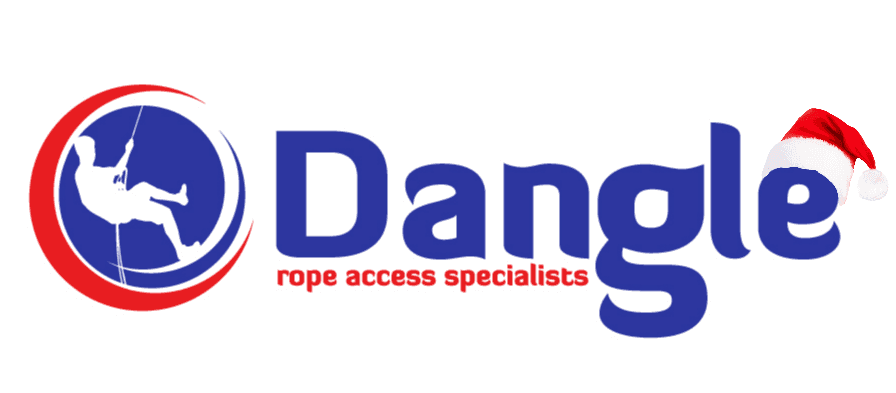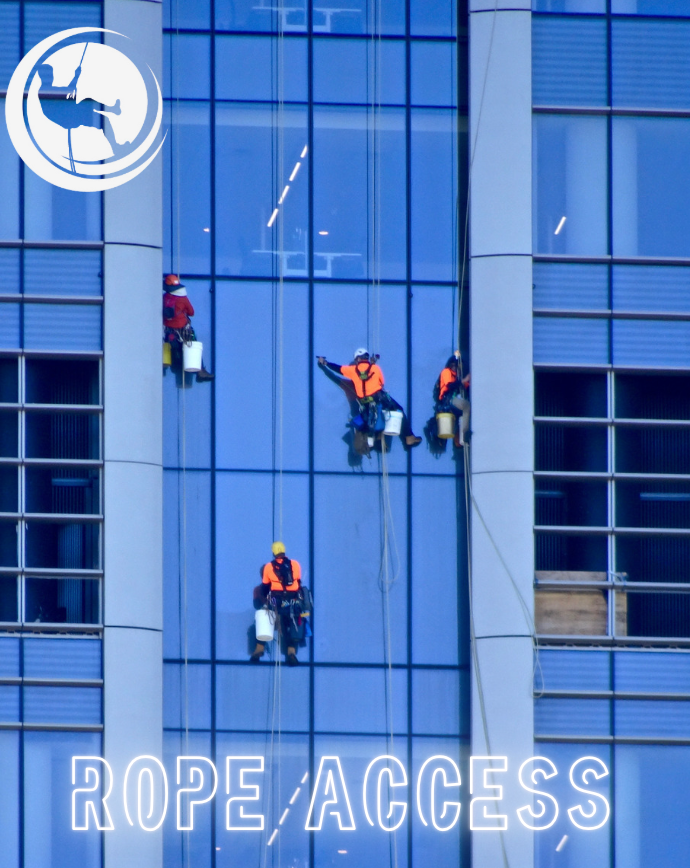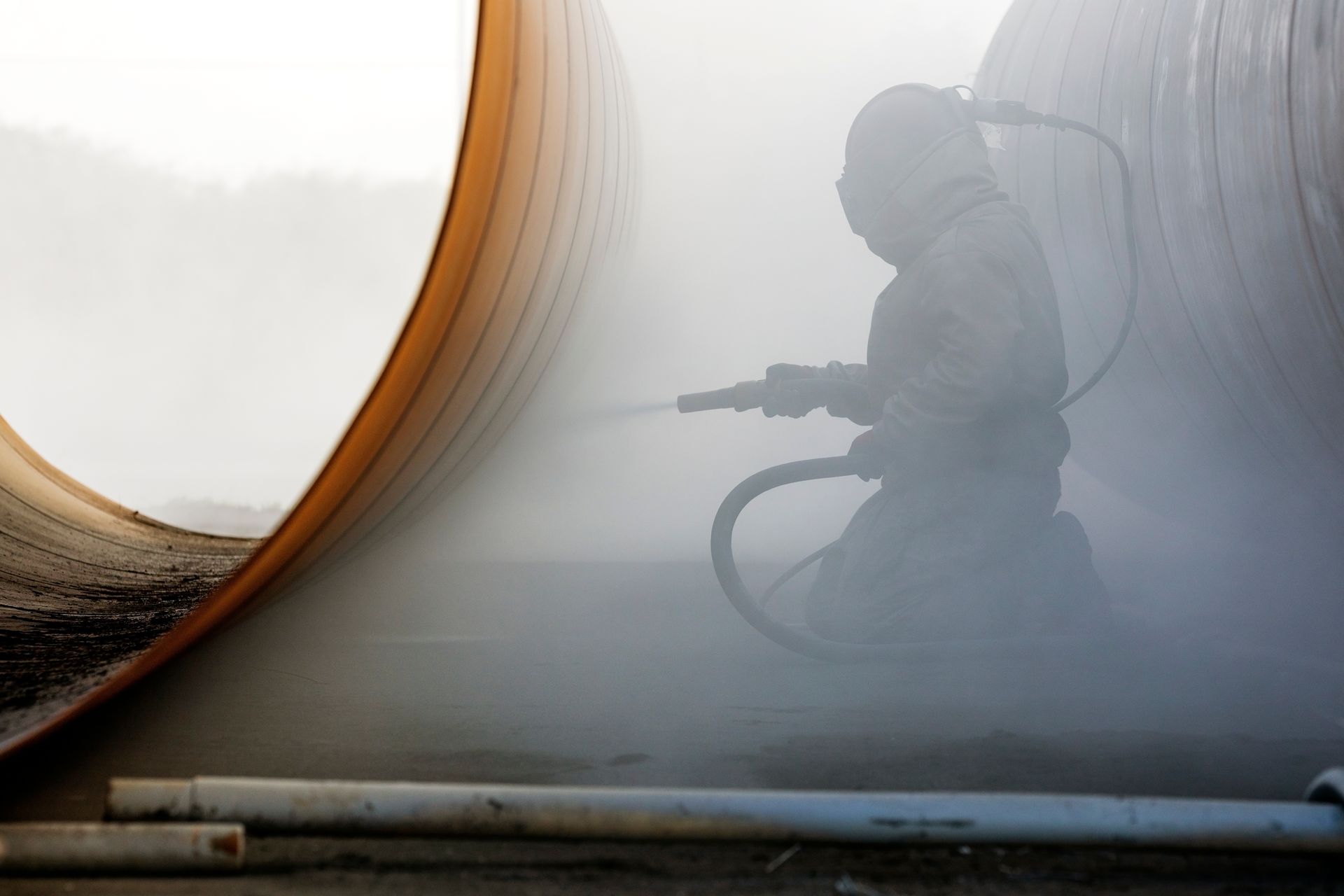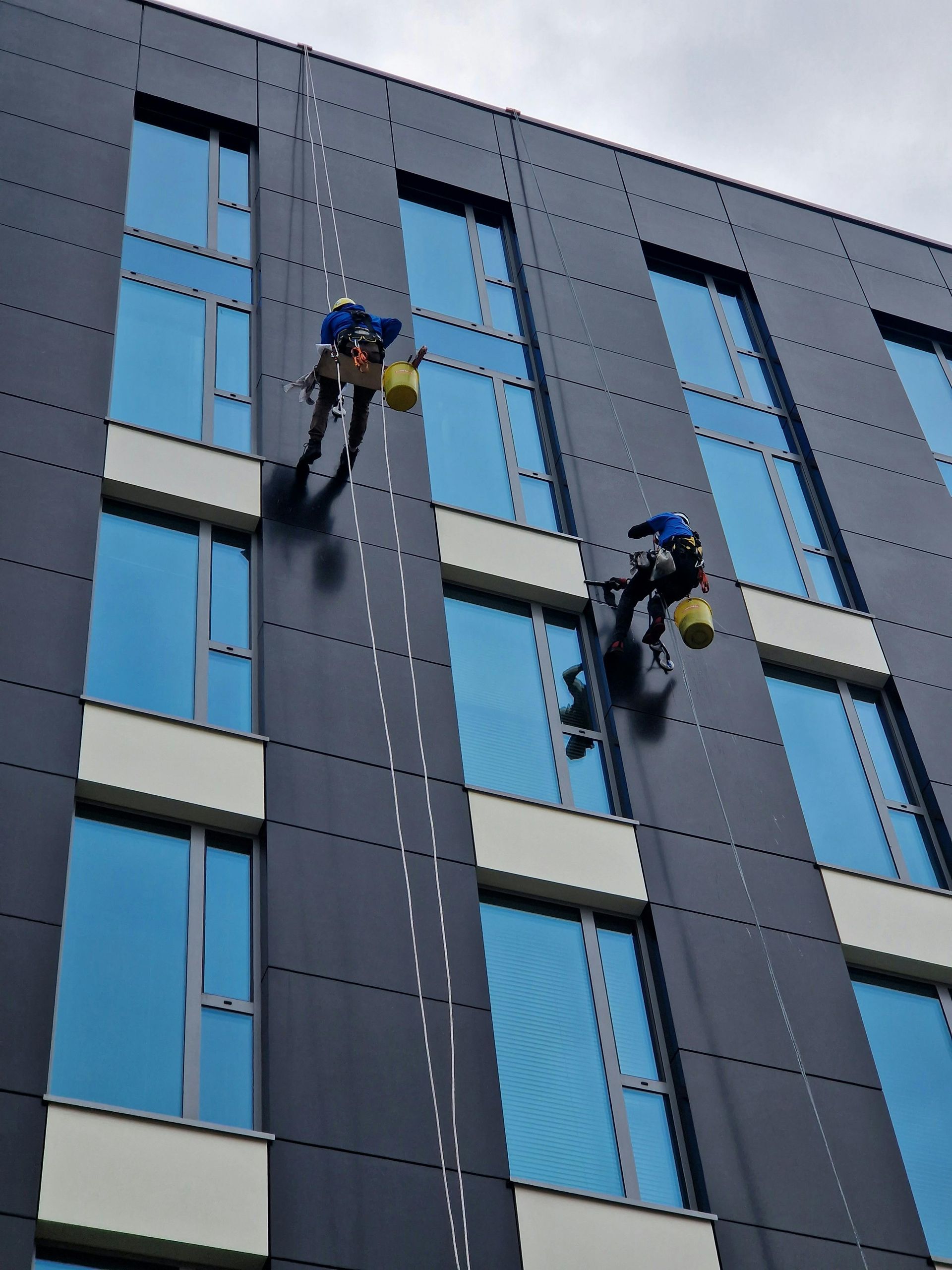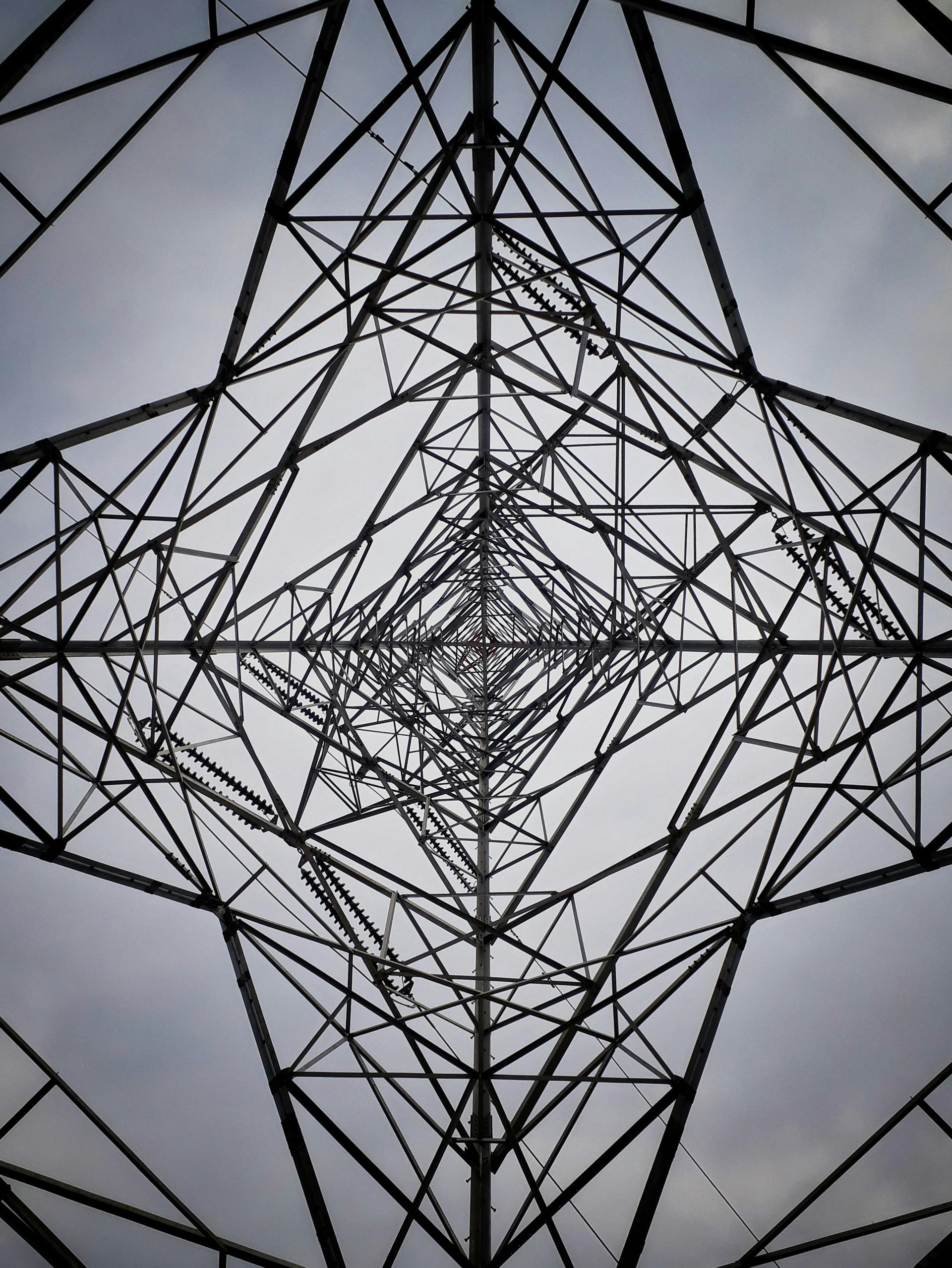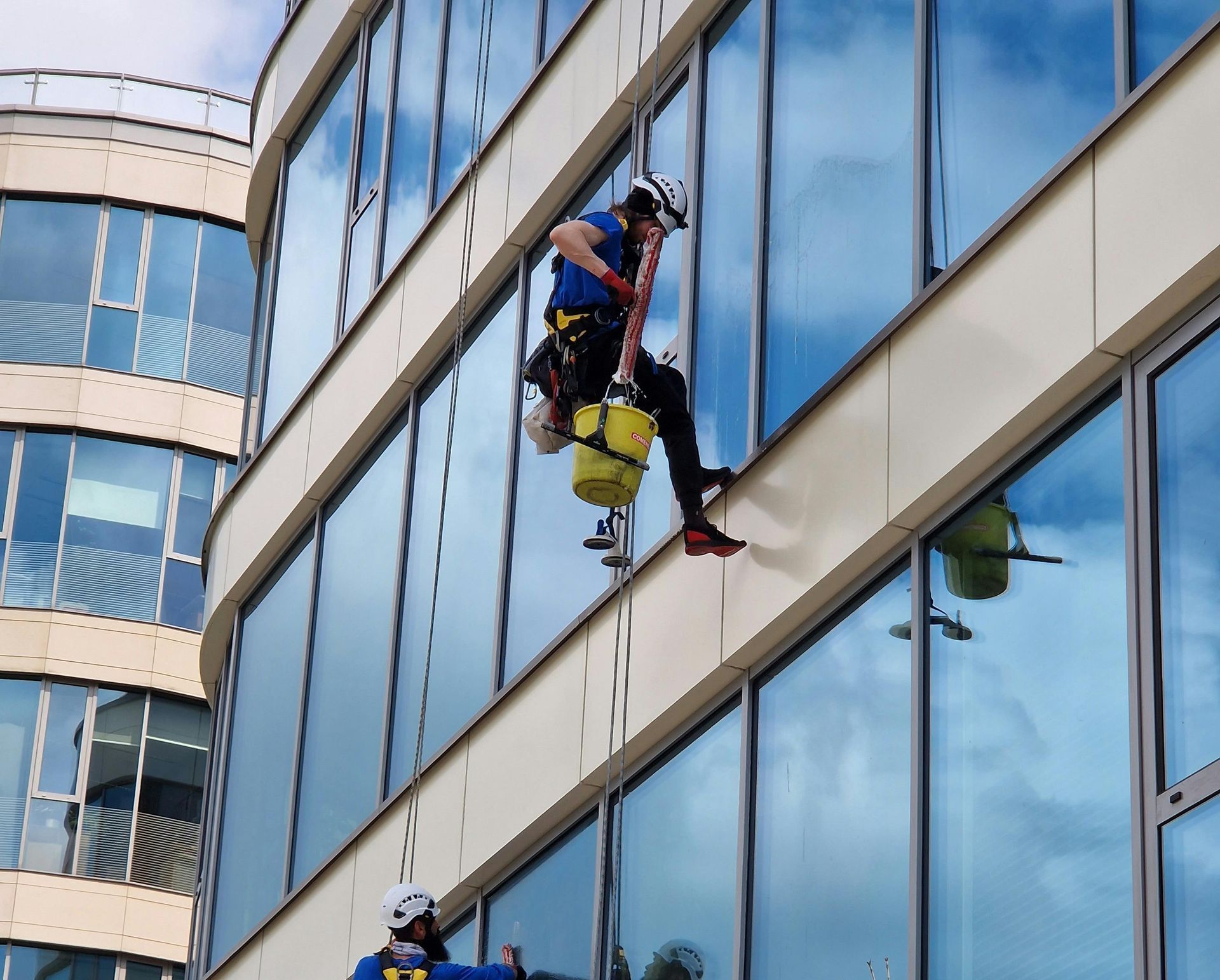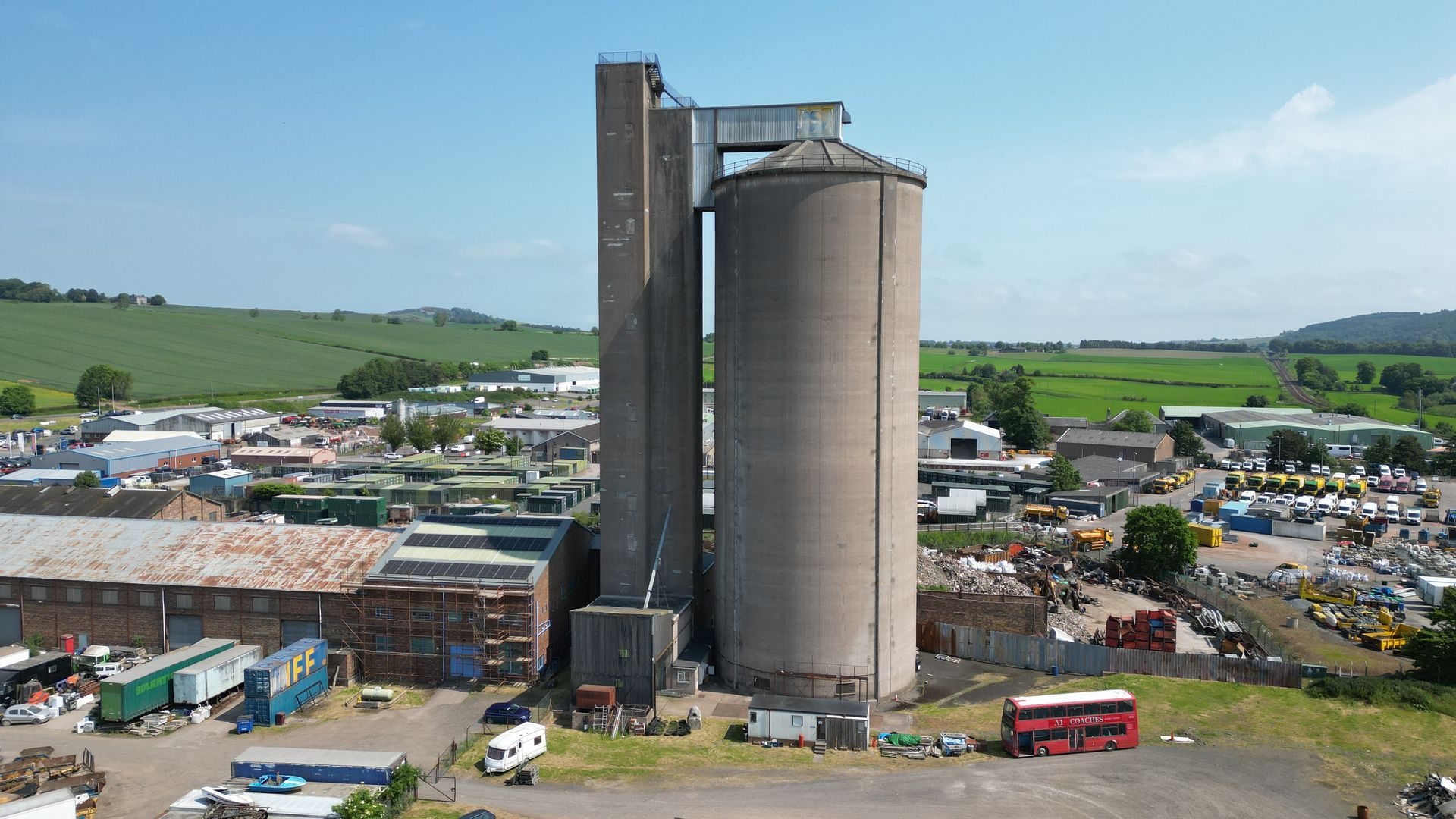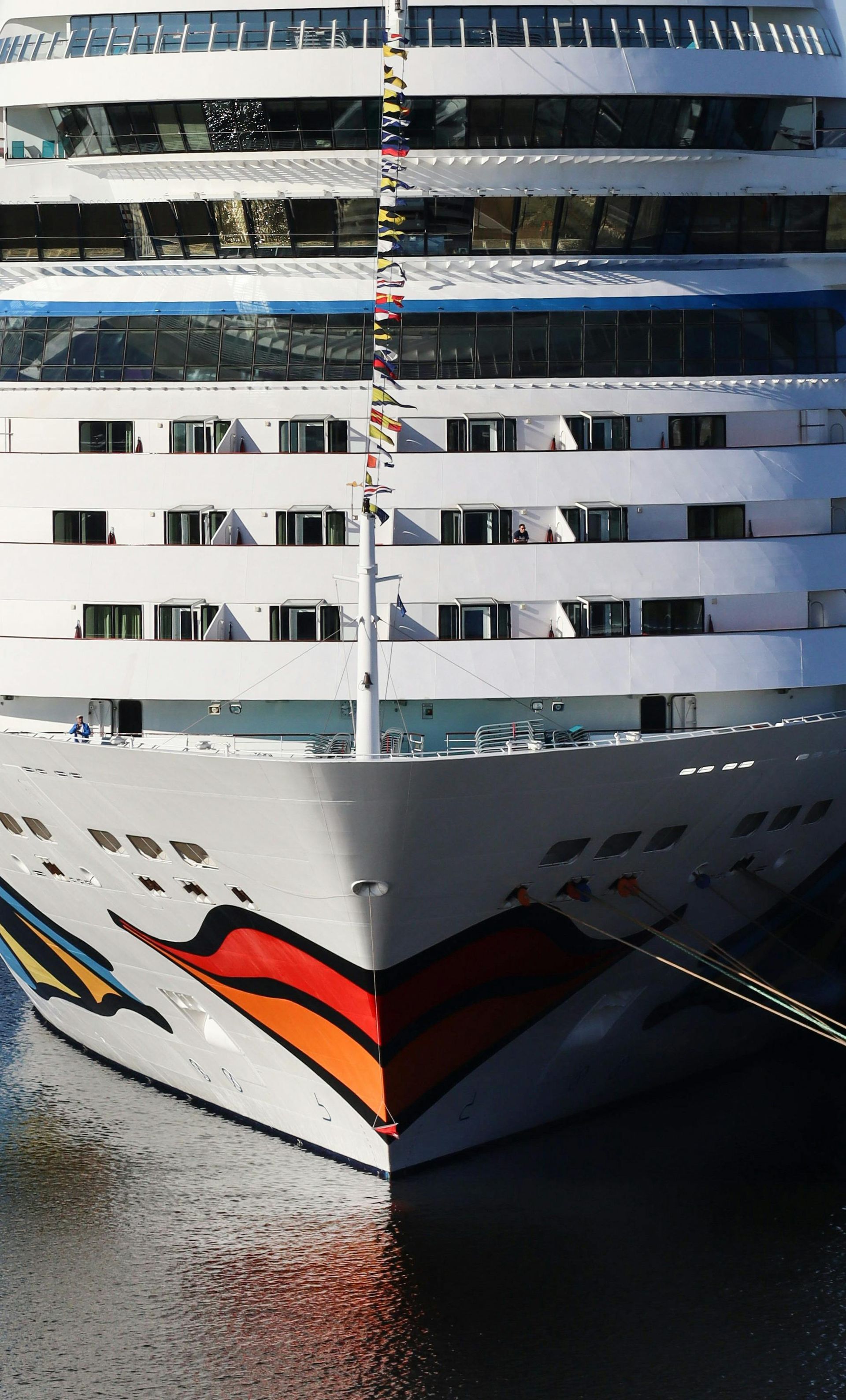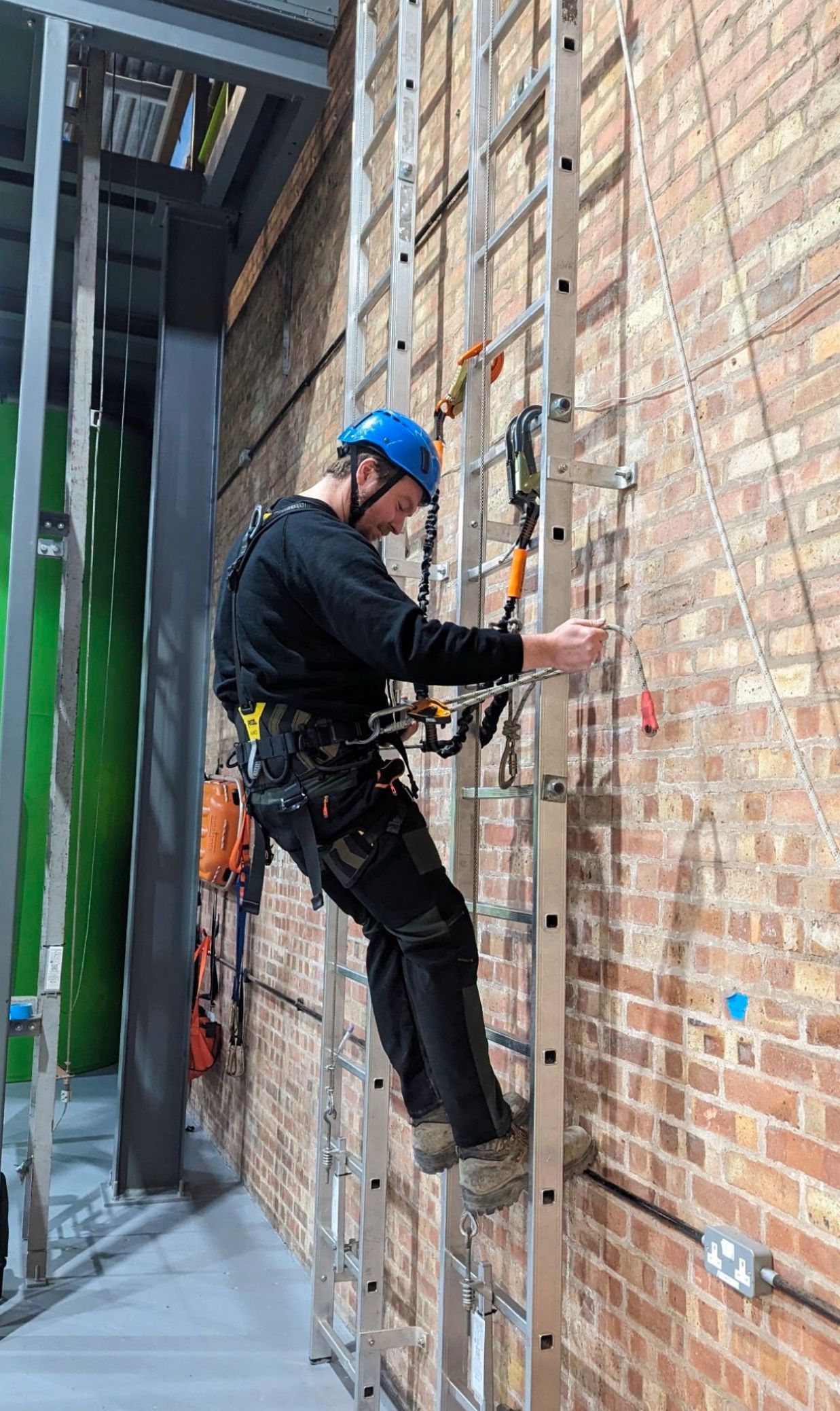Industrial Rope Access
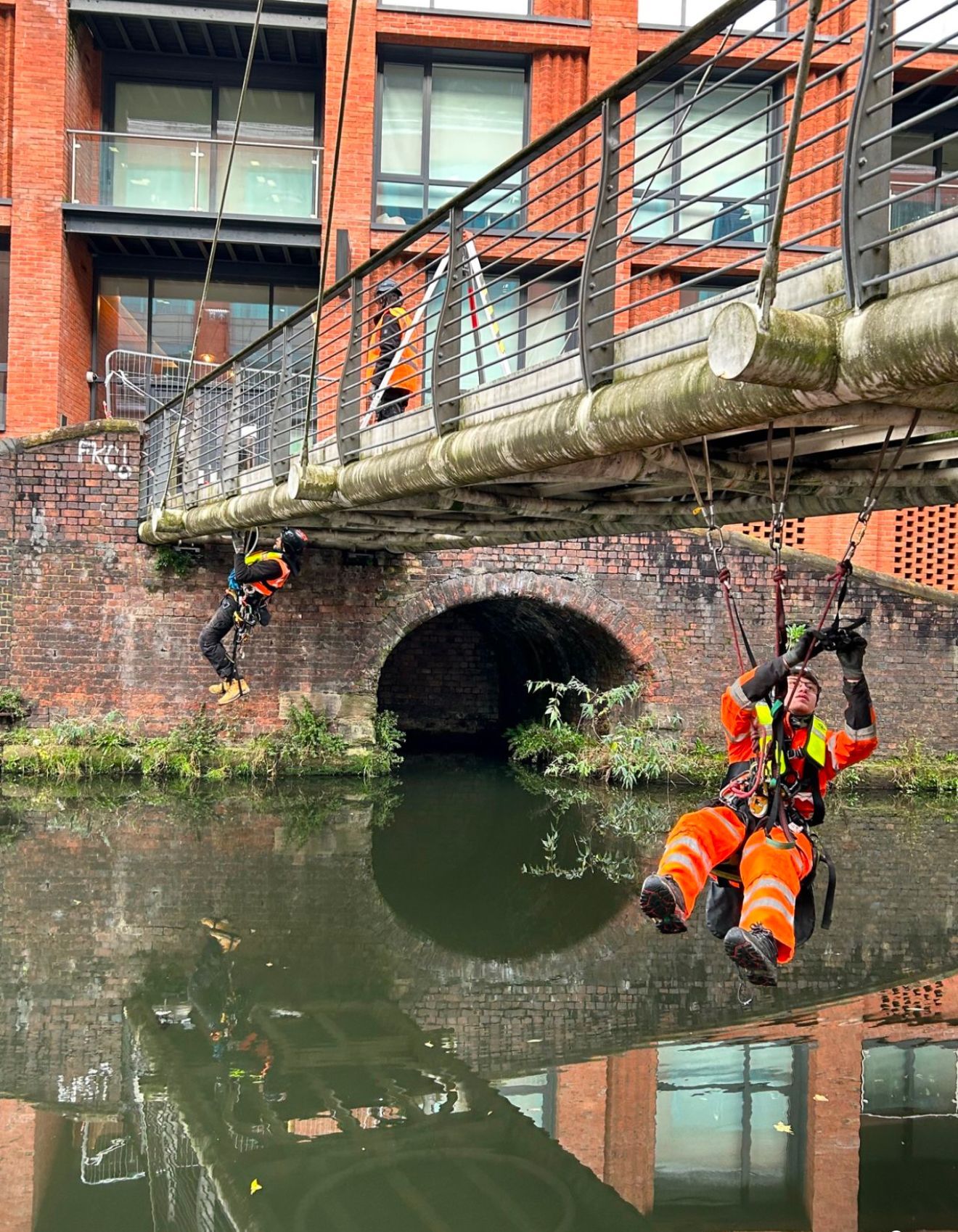
Why Industrial Rope Access is the Safest, Most Cost-Effective Solution for Your Next Project
In today’s fast-paced and efficiency-driven industries, businesses are increasingly looking for solutions that are not only safe but also cost-effective and time-efficient. Whether it’s for building maintenance, energy inspections, or construction projects, traditional methods like scaffolding, cranes, and powered access platforms can be cumbersome, expensive, and slow. Enter industrial rope access—a versatile technique that has revolutionised how we approach tasks at height. With industrial rope access companies, customers can achieve safer, faster, and more economical outcomes—making it the ideal solution for a wide range of sectors, including construction, renewable energy, and telecommunications.
What is Industrial Rope Access?
Rope Access vs. Traditional Methods
Industrial rope access is a method of working at height where technicians use ropes and climbing techniques to access areas that are difficult to reach. Unlike traditional scaffolding or powered access platforms, which require significant setup time, space, and equipment, rope access involves minimal infrastructure, which makes it not only faster but more flexible and cost-effective.
Rope access is an adaptable solution used across many industries, including building maintenance, energy sector inspections, and telecommunications. With its ability to access confined spaces, high altitudes, and otherwise unreachable locations, rope access is an invaluable tool for projects that require efficiency, flexibility, and safety and to learn about its history and evolution please check out our detailed blog post What is Rope Access?
Key Benefits of Industrial Rope Access
Safety First: Ensuring the Highest Standards
1. Safety First
Safety is paramount in all industries, especially when working at height. IRATA (Industrial Rope Access Trade Association) certified rope access technicians undergo extensive training to meet the highest safety standards. With years of hands-on experience and the latest safety techniques, these professionals are well-equipped to carry out tasks in some of the most challenging and hazardous environments. Unlike traditional methods, rope access reduces the risk of falls and accidents, thanks to its precise and controlled climbing techniques, as well as the use of fall-arrest systems.
2. Cost-Effective
Industrial rope access saves companies significant amounts of money by cutting down on equipment and manpower costs. With rope access, you eliminate the need for bulky scaffolding or cranes, reducing both setup time and the need for large teams. This streamlined approach also means fewer materials and lower transportation costs. The result? A more affordable solution with no compromise on safety or quality.
3. Speed and Efficiency
Rope access can reduce project timelines by days or even weeks, as there’s no need for extensive site preparation or equipment setup. Technicians can begin work almost immediately, and in many cases, the work can be completed without shutting down operations in nearby areas. Moreover, because rope access doesn’t require heavy machinery or large structures, it has a much smaller carbon footprint, making it a more environmentally friendly option compared to traditional access methods.
4. Minimal Disruption
In industries such as construction, energy, and telecommunications, operations often need to continue unhindered while maintenance or inspections are taking place. Rope access is particularly beneficial in these settings as it requires minimal space and equipment, causing little to no disruption to surrounding activities. Whether it’s high rise window cleaning on a skyscraper or inspecting wind turbines, rope access is a non-invasive solution that gets the job done efficiently and safely.
Applications for Industrial Rope Access
Industrial rope access is not limited to one industry or task—it’s a versatile solution used in many fields to perform various tasks at height. Here are just a few examples:
Building Maintenance: Window Cleaning and Facade Inspections
• Building Maintenance: Whether it’s window cleaning, façade inspections, or repairs, rope access is ideal for tasks that require access to hard-to-reach places. Rope access work enables tasks at height to be carried out quickly and safely without the need for scaffolding or cranes.
Energy Sector: Wind Turbine and Overhead Power Lines
• Energy Sector: Rope access is commonly used in the inspection and maintenance of wind turbines, power lines, pylons, and oil rigs. These structures are often located in remote or hazardous locations where traditional access methods would be impractical.
Telecommunications: Tower Inspections and Maintenance
• Telecommunications: Steel lattice tower inspections, antenna maintenance, and painting are all routine tasks in the telecommunications industry that benefit greatly from rope access. Technicians can safely access high towers and work in confined spaces to ensure smooth operations.
Construction: Structural Inspections and High Rise Work
• Construction: High-rise construction projects, structural inspections, and façade restoration projects all require skilled technicians who can safely access difficult-to-reach areas. Rope access eliminates the need for scaffolding, cranes, and other bulky equipment, speeding up the process and reducing costs.
Safety Standards and IRATA Certification in Industrial Rope Access
The IRATA Certification Process: What It Means For Safety
When it comes to working at height, safety is non-negotiable. In the UK, IRATA is the leading body that sets rigorous standards for rope access technicians. To be certified, technicians must undergo a comprehensive week long training program that covers everything from equipment use to emergency procedures and risk assessments. To discover more about the history of rope access, be sure to check out our in-depth blog post.
IRATA certification is widely recognised as the industry standard, ensuring that technicians are fully capable of handling the risks associated with rope access work. This certification not only gives clients peace of mind but also demonstrates a company’s commitment to maintaining the highest safety standards.
Why Choose Dangle for Rope Access Services
Dangle's Experience and Track Record
At Dangle, we pride ourselves on our years of experience, unwavering commitment to safety, and the expertise of our certified technicians. We have successfully completed a range of projects for some of the biggest names in construction, energy, and telecommunications, including:
•RWE
•CNIM
These high-profile clients are just a small hand full that trust us because we consistently deliver safe, cost-effective, and efficient solutions for complex tasks at height.
Industrial rope access is the future of working at height. Offering unmatched safety, cost-effectiveness, and speed, rope access is the preferred solution for a wide range of industries. Whether you need maintenance, inspection, or construction services, industrial rope access ensures that your project is completed on time, within budget, and with minimal disruption.
Ready to learn how industrial rope access can save your business time and money? Contact Dangle today for a free consultation and discover why we’re the experts in safe, efficient, and cost-effective rope access solutions.
Request a Free Consultation with Dangle Rope Access Today
Here at Dangle Rope Access, we provide a variety of comprehensive inspection, access, coatings, and composite (IACC) industrial services. Our services are available to both the private and public sectors.
We offer high-quality proven solutions that will help reduce maintenance costs in both the long and short-term. We are based in Dundee, Scotland and also have offices based in Edinburgh, along with our newly established training centre in Northern Ireland Dangle Academy. Due to our company size and structure, we are able to offer a flexible and versatile approach to the way we run our business and the services that we offer our clients. And, as a leading painting company, we’ve worked on several renewable energy projects in the UK, Europe, and the US.
We work with both on and offshore with wind farm operators, and asset owners. For offshore wind farm maintenance, to onshore building maintenance, we can cover both the East and West coasts.
To find out more about how our team can help you contact us today. Our friendly, professional and helpful team is always on hand to help!
